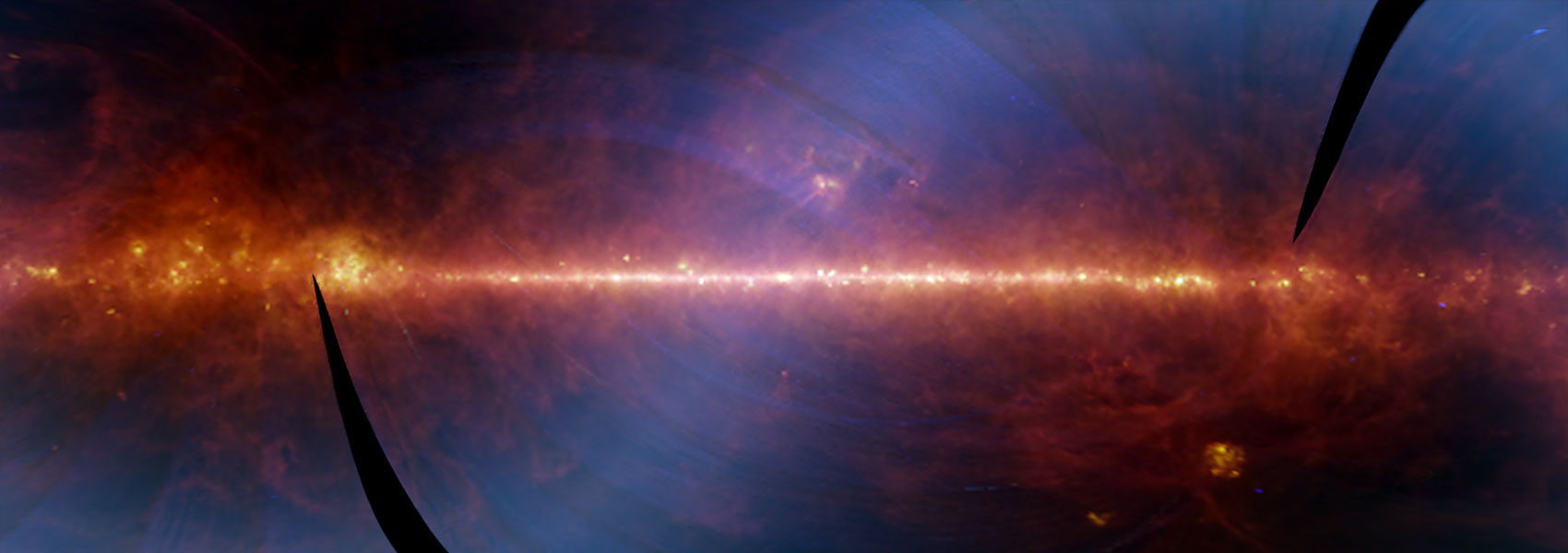
AT2021uey: A planetary microlensing event outside the Galactic bulge
May 2025 • 2025A&A...697A..57B
Abstract • We report the analysis of a planetary microlensing event AT2021uey. The event was observed outside the Galactic bulge and alerted both space-(Gaia) and ground-based (ZTF and ASAS-SN) surveys. From the observed data, we find that the lens system is located at a distance of ∼1 kpc and comprises an M-dwarf host star of about half a solar mass, orbited by a Jupiter-like planet beyond the snowline. The source star could be a metal-poor giant located in the halo according to the spectral analyses and modelling. Hence, AT2021uey is a unique example of the binary-lens event outside the bulge that is offered by a disc-halo lens-source combination.
Links
- PREPRINT http://arxiv.org/abs/2503.22331
- POSTSCRIPT https://www.aanda.org/10.1051/0004-6361/202554236/postscript
- ELECTR https://doi.org/10.1051%2F0004-6361%2F202554236
- SIMBAD https://simbad.u-strasbg.fr/simbad/sim-ref?querymethod=bib&simbo=on&submit=submit+bibcode&bibcode=2025A%26A...697A..57B
- PDF https://www.aanda.org/10.1051/0004-6361/202554236/pdf
- DATA https://irsa.ipac.caltech.edu/bibdata/2025/B/2025A&A...697A..57B.html



